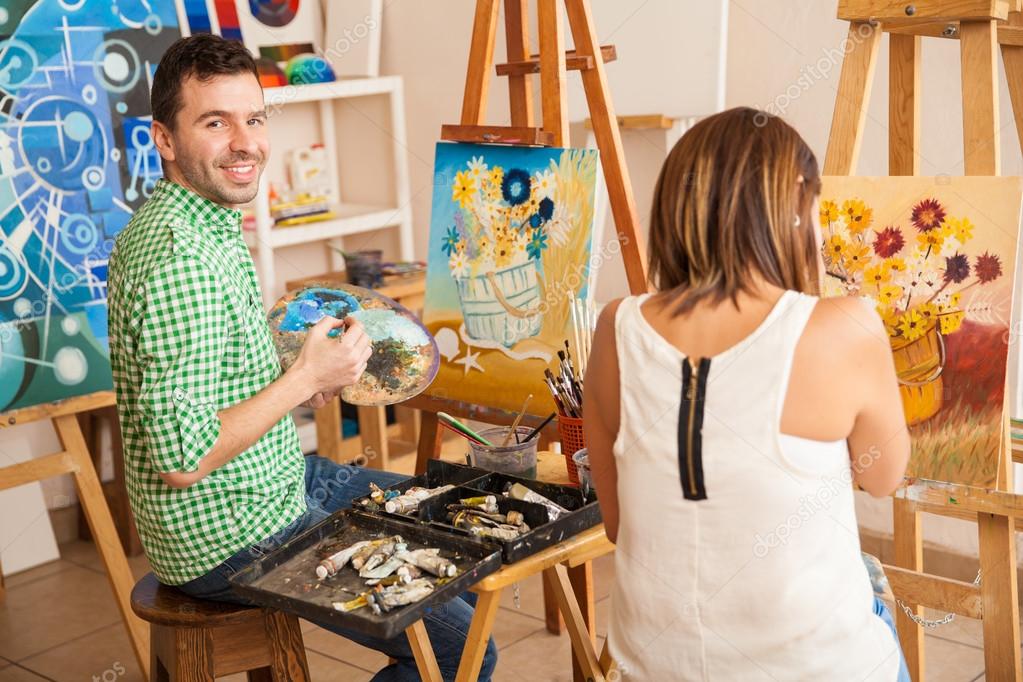Essential Watercolor Photo-Based Painting Techniques
Professional photographers seeking to transform captured moments into breathtaking art often turn to various painting techniques. Among them, watercolor photo-based painting techniques offer a unique opportunity to infuse photographic authenticity with artistic flare. In this comprehensive guide, well explore different approaches that photographers can use to effectively employ watercolor techniques, seamlessly blending realism and creativity.

Why Choose Watercolor for Photo-Based Art?
Watercolor's ethereal qualities make it an exceptional choice for photo-based art. The medium's transparency allows for subtle layering, giving depth to the painted piece that mimics light and shadow effects in photography. Photographers find that using watercolor techniques provides a bridge between the spontaneity of photography and the meticulous skill of painting.
Essential Tools for Watercolor Photo-Based Techniques
Choosing the Right Materials
The quality of the materials used can significantly influence the outcome of a watercolor piece. High-quality watercolor paper is essential for achieving crisp lines and vivid colors. Additionally, investing in professional-grade watercolor paints and brushes can make a noticeable difference in your techniques.
Digital Tools and Technology
Incorporating technology into your watercolor practice can enhance accuracy and save time. Software like Adobe Photoshop can be used to prepare images before converting them into paintings. You can read more on how to edit photos before painting on Photo4art.
Techniques to Master
Layering and Blending
Layering is fundamental in both watercolor and photo-based painting. Start with a basic wash and gradually build layers to add depth and detail. Blending can be achieved by manipulating the water content and brush pressure. It is crucial to allow each layer to dry completely before adding the next to avoid muddling colors.
Utilizing Light and Shadow
Photography is fundamentally about light, and transferring this to your art involves understanding of shadows and highlights. Using gridding techniques, as discussed on Photo4art, is one method to ensure accuracy in replicating photographic light sources.
Capturing Realism with Watercolor
To maintain photographic realism, focus on proportions and accurate color representation. A strategic approach often involves studying realism in photo-based art, ensuring that the painted piece mirrors its photographic counterpart.
Embracing Artistic Freedom
While realism is paramount, artistic freedom is what truly transforms a photo-based artwork. Photographers can inject personal flair by playing with textures and hues. The transition from strict photographic reproduction to watercolor requires a degree of letting go, allowing the mediums nuances to influence the final product.
Continuing Your Artistic Journey
Many photographers find inspiration by exploring multidisciplinary approaches, combining watercolor techniques with other mediums. To delve deeper into how photography can inspire painting, consider resources such as Realism Today.
For those looking to dive into new territories, understanding the debate on acrylic vs oil for photo-based painting can expand one's toolkit, providing new perspectives on material interaction.

FAQs on Watercolor Photo-Based Techniques
What are the basic skills required?
Basic skills include understanding paper absorption, brush control, and layering techniques, all of which can be perfected with practice.
How can I improve color accuracy?
Using a color wheel, referencing photography, and keeping a limited palette are effective methods to enhance color accuracy.
What role does digital editing play?
Digital editing helps in planning and refining images before painting, allowing artists to manipulate their source material in ways traditional methods couldnt. More insights can be found on Cubebrush.

